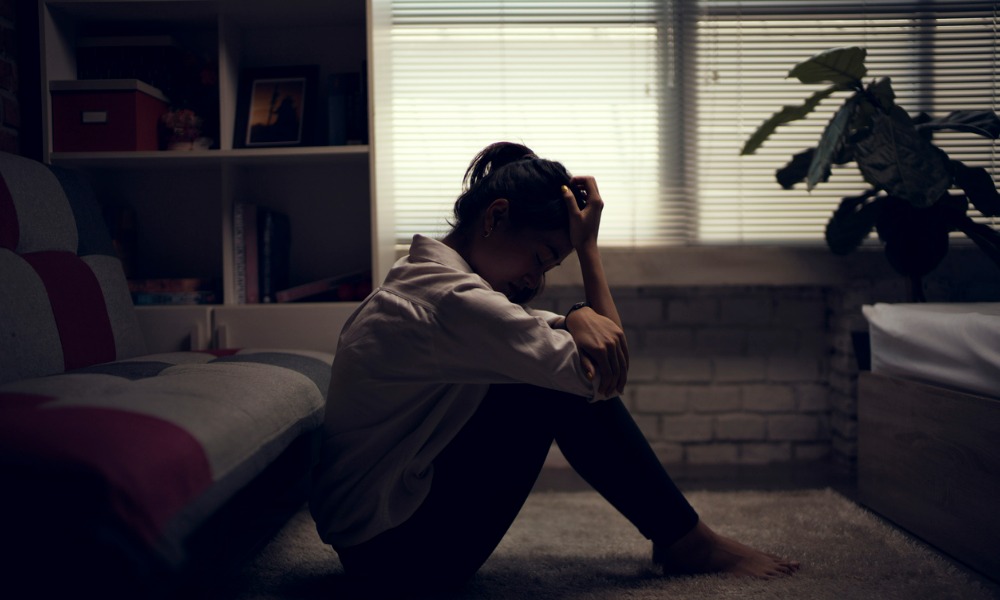More than 70% of Australians reporting "elevated levels of distress" as housing and cost-of-living skyrocket

Australian suicide rates are rising thanks to increasing stress over spiking living expenses and the rising cost of housing, with more than one in three Australians knowing someone who has attempted or died by suicide in the past 12 months, according to data from Suicide Prevention Australia.
The suicide prevention organisation found that more than 70% of Australians reported “elevated levels of distress” last month, with the biggest driver being cost-of-living and personal debt, followed by relationship breakdowns and social isolation, The Australian reported.
Housing-related distress was the fastest-growing reason for distress, with 22% of respondents listing it as the primary driver of their stress – a 5% spike in only three months.
This was spurred primarily by rising housing distress among Australians aged 25 to 49 and those earning between $100,000 and $149,000 per year, The Australian reported.
The data comes after the Reserve Bank’s eighth consecutive rate hike last week, which brought the cash rate to a decade high of 3.1%. Meanwhile, inflation was 7% higher in the September quarter than during the same period in 2021.
Nieves Murray, chief executive of Suicide Prevention Australia, said the organization’s data showed the impact of financial stress on Australians’ mental wellbeing.
Read next: Mortgage stress hits highest level since 2018
“Our findings once again prove the clear link between the impact of rising economic and social pressures and distress levels in the community,” Murray said. “Research shows suicide rates can peak two to three years after a crisis. We need to act now to address increasing rates of distress and respond to the risk of increasing suicide rates in our community.”
Last week, the Greens called for a two-year rent freeze and a ban on no-grounds evictions to be considered by the national cabinet in order to help Australians deal with skyrocketing housing costs, The Australian reported.
However, while Housing Minister Julie Collins acknowledged that many Australians were “struggling to find a safe and affordable place to call home,” she said that rental reforms fell under the jurisdiction of the states.
Suicide Prevention Australia’s findings showed that in New South Wales, the number of people who said they knew someone who had attempted or died by suicide shot up by 10% between August and November. South Australia saw a 9% jump to 42%, while Queensland, Victoria, Tasmania, the Northern Territory and the ACT all saw 5% jumps, The Australian reported.
Data from the Australian Institute of Health and Welfare showed a 10% spike in suicide in NSW and Victoria between January and September.
Murray told The Australian that nearly 90% of frontline suicide prevention services saw a spike in demand over the past 12 months. She called for more government funding to bolster the sector in the face of surging need for its services.
“It’s … important that we are able to provide timely support when and where [people] need it most,” she said. “A ‘relief package’ will help our members do that.”
Murray said that such a relief package would include raising income support payments and extending access to COVID mental health benefits.



